Obesity Doctor Reveals Exactly Why You Should Never Microdose Ozempic
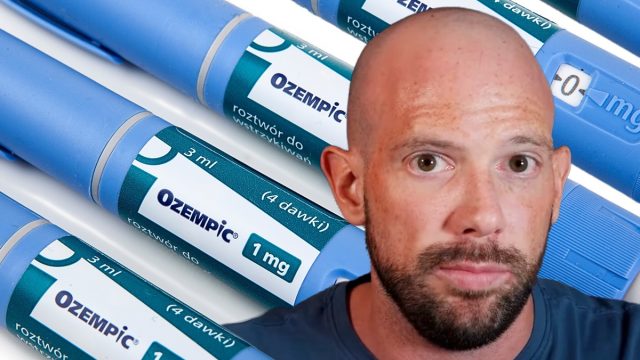
"Microdosing" is a catchy term that is progressively being used by influencers and mainstream media. The overall concept is that lowering a dose of something – ranging from mushrooms to pharmaceutical drugs – somehow makes it healthier and more acceptable. Recently, people have even been discussing microdosing GLP-1 drugs, including Ozempic, Wegovy, and Mounjaro. However, according to one doctor, this isn't a good idea. Dr. Dan Burton (@theofficialdrdan) is a "pharmacist by training and an expert in obesity management and medicine." In a new YouTube video, he discusses the trend and reveals exactly why you should avoid it.
There Are Lots of Mixed Messages About Weight Loss Drugs
He starts off by explaining that there are a lot of mixed messages surrounding weight loss drugs. "A number of influencers and alternative clinicians first came out and said, Ozempic and Wegovy are dangerous. Then they started marketing various supplements of their own that naturally increased GLP-1 and are actually better than Ozempic and Wegovy. And now some of them have pivoted and are starting to say that, 'Oh, you know what? You should actually only microdose Ozempic and Wegovy because that means it's, it's safer for you.'" He notes that the "opinions and marketing tactics" have "changed over time as we've got more and more wallets involved."
RELATED: 20 Things You Need to Know About Ozempic and Weight Loss
The Drugs Mimic the GLP-1 Hormone Naturally Produced by the Body
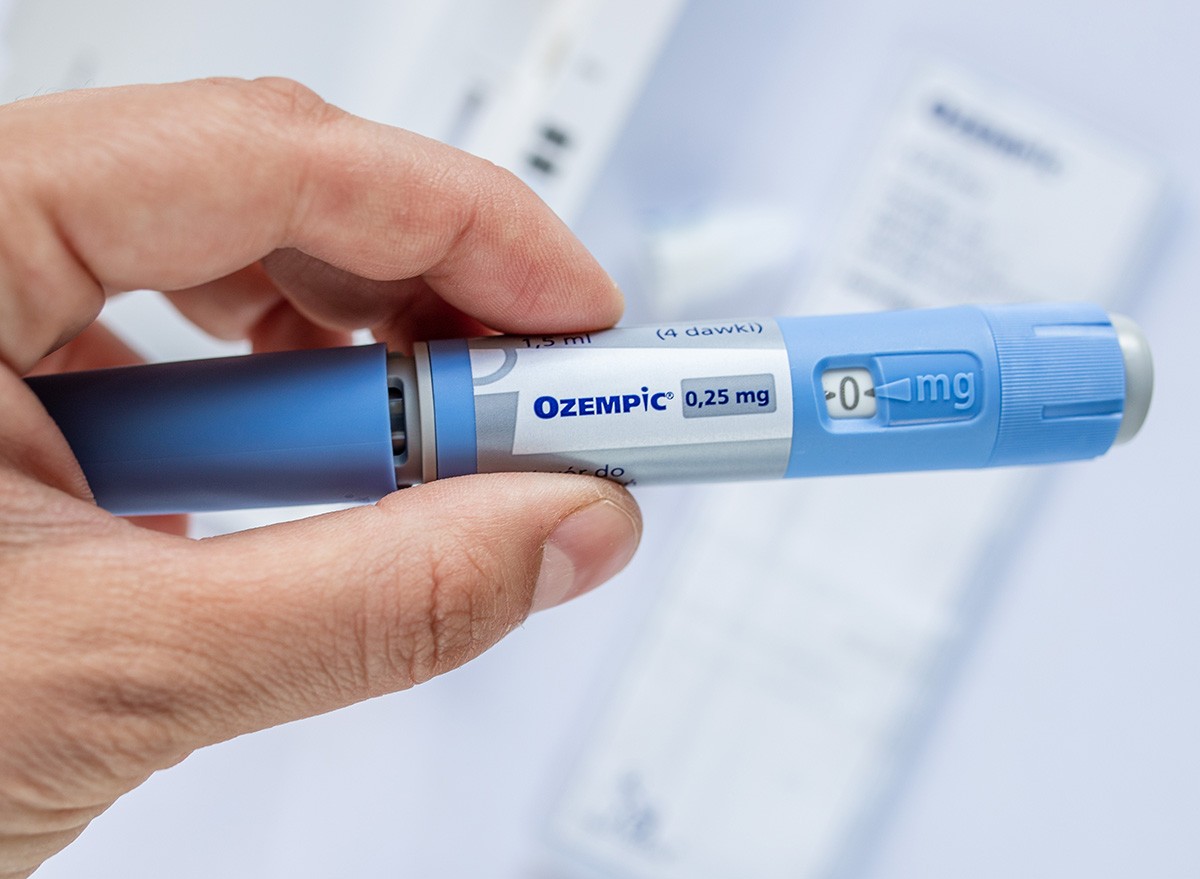
He continues to explain how the drugs work. "Ozempic, Mounjaro, Wegovy and so on are medications that mimic the GLP-1 hormone that is naturally produced by our body. GLP-1 naturally helps to regulate our blood sugars as well as our appetite and satiety feelings," he said. While they have been "revolutionary not only for obesity management but also diabetes management", there is a "subset of individuals on the internet that will come out ringing the alarm bells to say otherwise."
Some People Want to Say the Drugs Are "Dangerous" and "Unnatural" and Are Marketing Their Own Alternatives
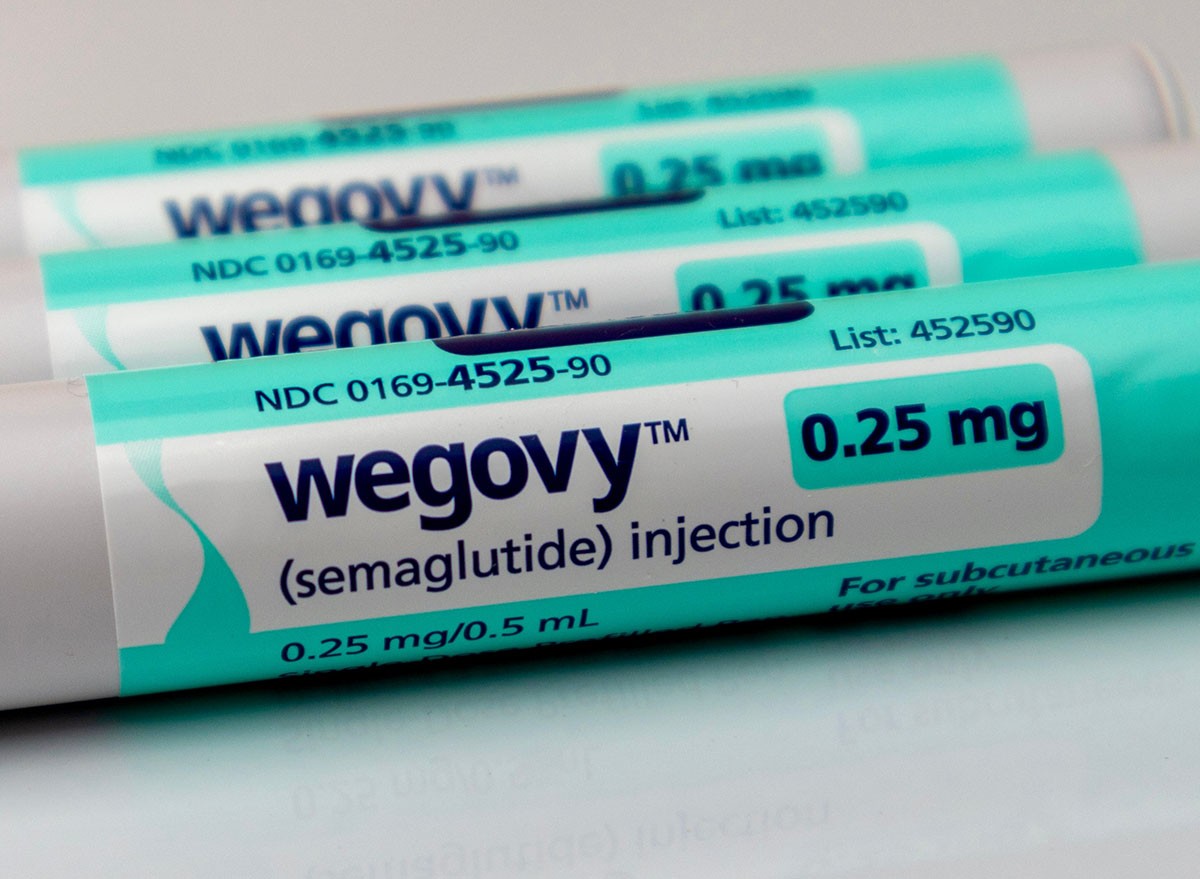
Some of them have "quickly labeled these medications as being dangerous, unnatural, and started marketing and pushing their own natural safer supplements," he says. "But that really didn't last too long because these medications, Ozempic and Wegovy have been shown to be so effective that the supplements just don't even touch them in terms of the results and benefits that could be had. In fact, some of the supplements don't do anything at all."
RELATED: 20 Possible Ozempic Side Effects
And Now, Some Are Recommending Microdosing
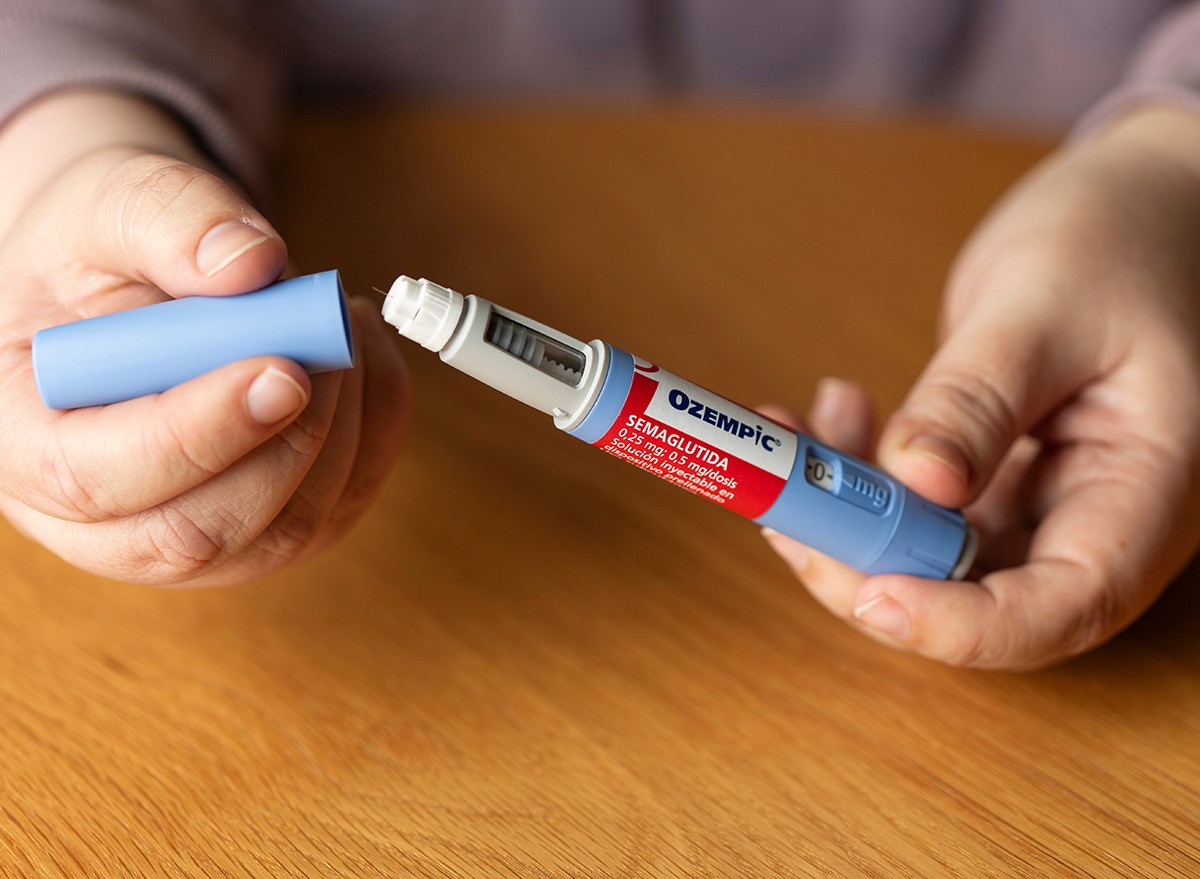
"Now some of them are pivoting and moving away from this," he said. Enter microdosing, the concept of using just a little bit of the weight loss drug. "So what exactly is being sold? What is this microdosing of Ozempic actually mean?" he asks. He reveals that the usual starting dose of these drugs is 0.25 milligrams once a week. "What these alternative clinicians and such are saying is to take a dose that's much, much lower than that, but it's still the exact same medication just at a lower dose. It's not at a microdose, just a lower dose than what we usually use."
While It Sounds "Safer and Fluffy" There Is No Science Backing It
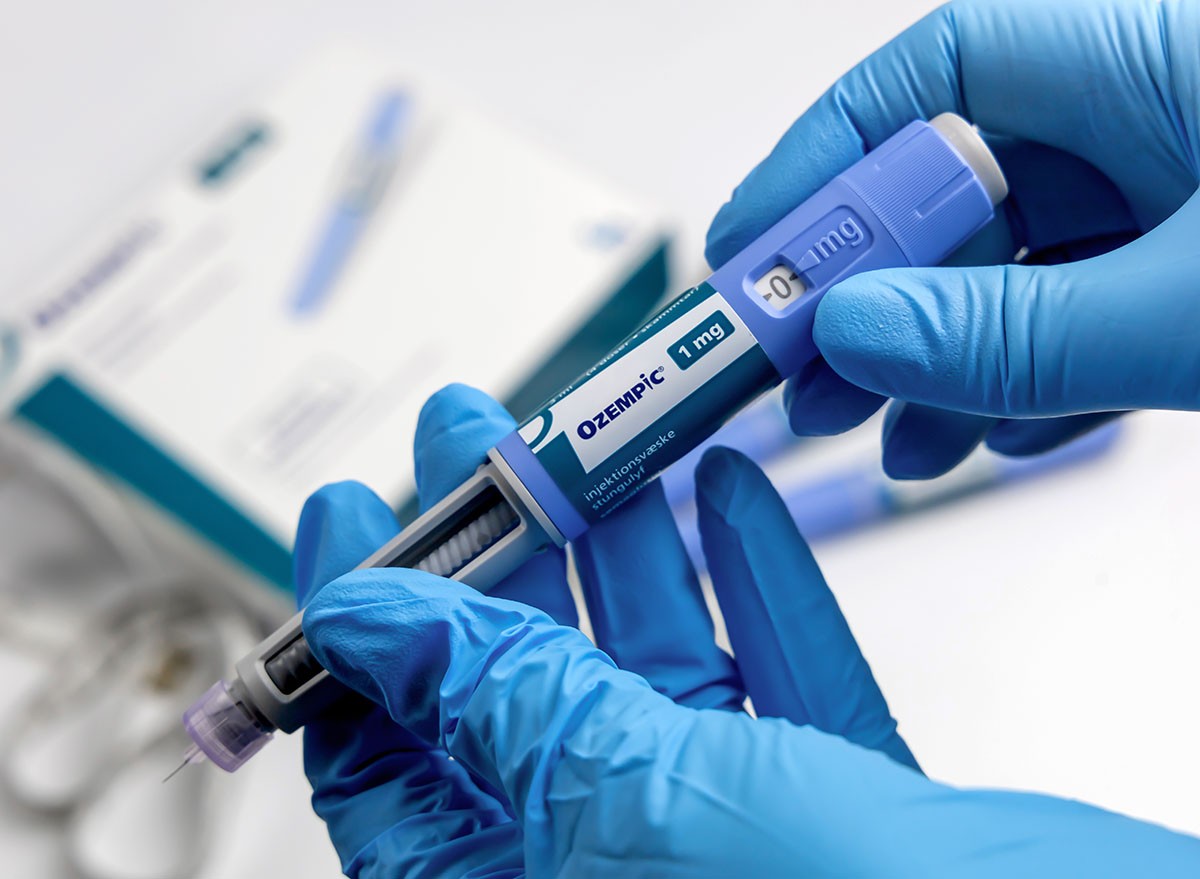
The smaller dose is "being branded in a different way to make it sound that it's safer and fluffy and everyone's gonna be happy. So it's not a healthier alternative, it's it's just a dosage adjustment. And there's nothing scientifically special about a micro dose. There is no data insights or anything like that that demonstrates the efficacy or better acceptability in that sort of thing of smaller doses," he says.
Everybody Needs a Different Dose
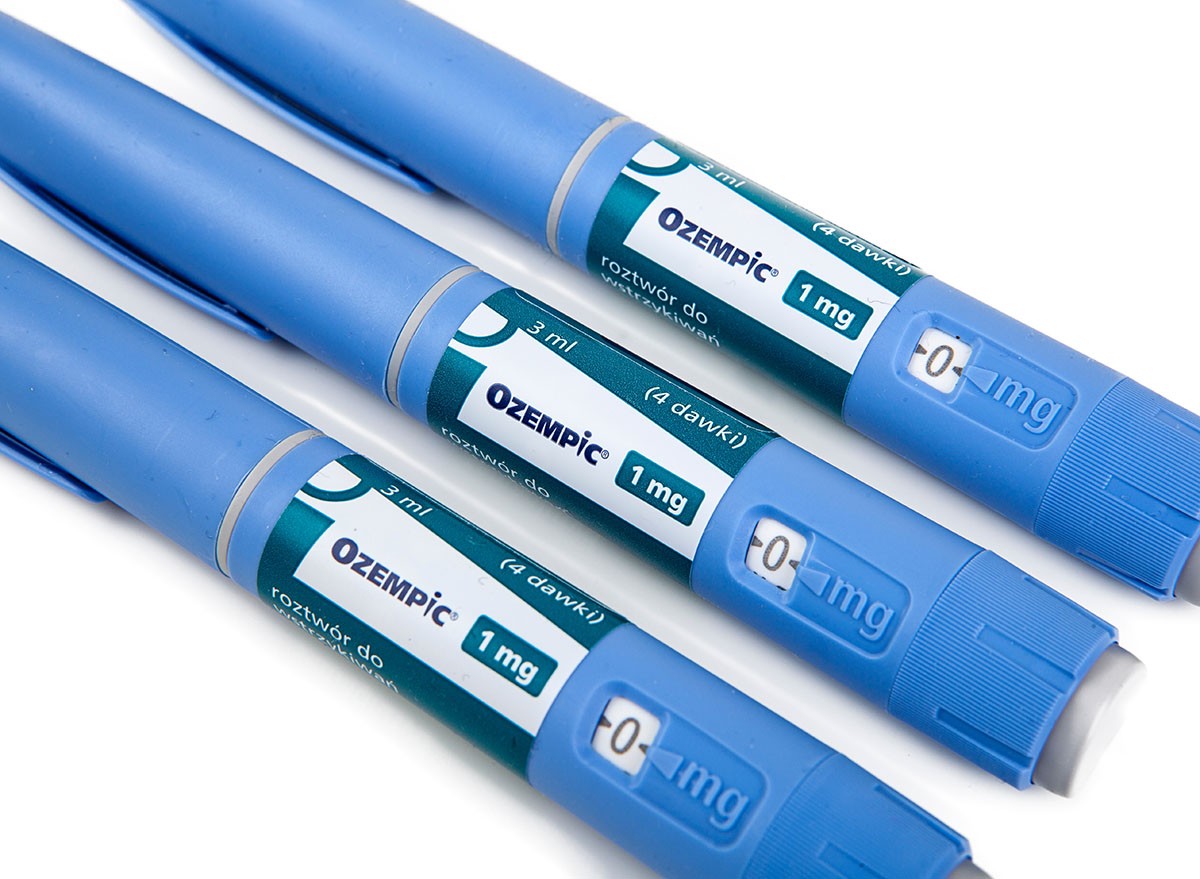
He explains that because everybody's body is different, it's important to work with your own clinician to determine the proper dose. "Some people are going to get a great response at a very low dose, and it could be less than 0.25 milligrams or whatever the usual starting dose is," he says. "Some people are gonna need a much higher dose to get a response and get the efficacy that we're trying to get out of the medication. And spoiler alert, that's because everybody is different."
RELATED: What Happens to Your Body When You Stop Taking Ozempic
You Want It to Be Effective Without Side Effects

"Ultimately, these medications have gotten so powerful that we want to figure out what's going to work for you so that we get the balance of the benefit of the medication, but it's not causing you to have horrible, terrible side effects that you can't tolerate and are ruining your life. And unfortunately for some people, they just can't tolerate the medication at all."
He Says That Microdosing Ozempic Is Just "Marketing Fluff"

"So microdosing as a concept sounds really fancy and such like that, but it's actually just marketing fluff. And really we should be using these medications with your healthcare team and various other resources that help you with lifestyle changes in management to find the dosage, the plan, and the thing that works for you," he continues, adding that it's "dicey" when "influencers and alternative clinicians who don't have any expertise with the actual medications or how to properly monitor individuals that are on these medications" start promoting their specific microdosing protocol or coaching program.
Consult with Your Doctor

In conclusion, if you have been prescribed a weight loss drug, "you can skip the microdosing consultation with some alternative clinician. You just need to continue working with your healthcare team and provider in order to find the dose and such that works for you as well," he says.
RELATED: 20 Things to Avoid While on Ozempic
While They Might Lower Doses, It Needs to Be Up to an Expert
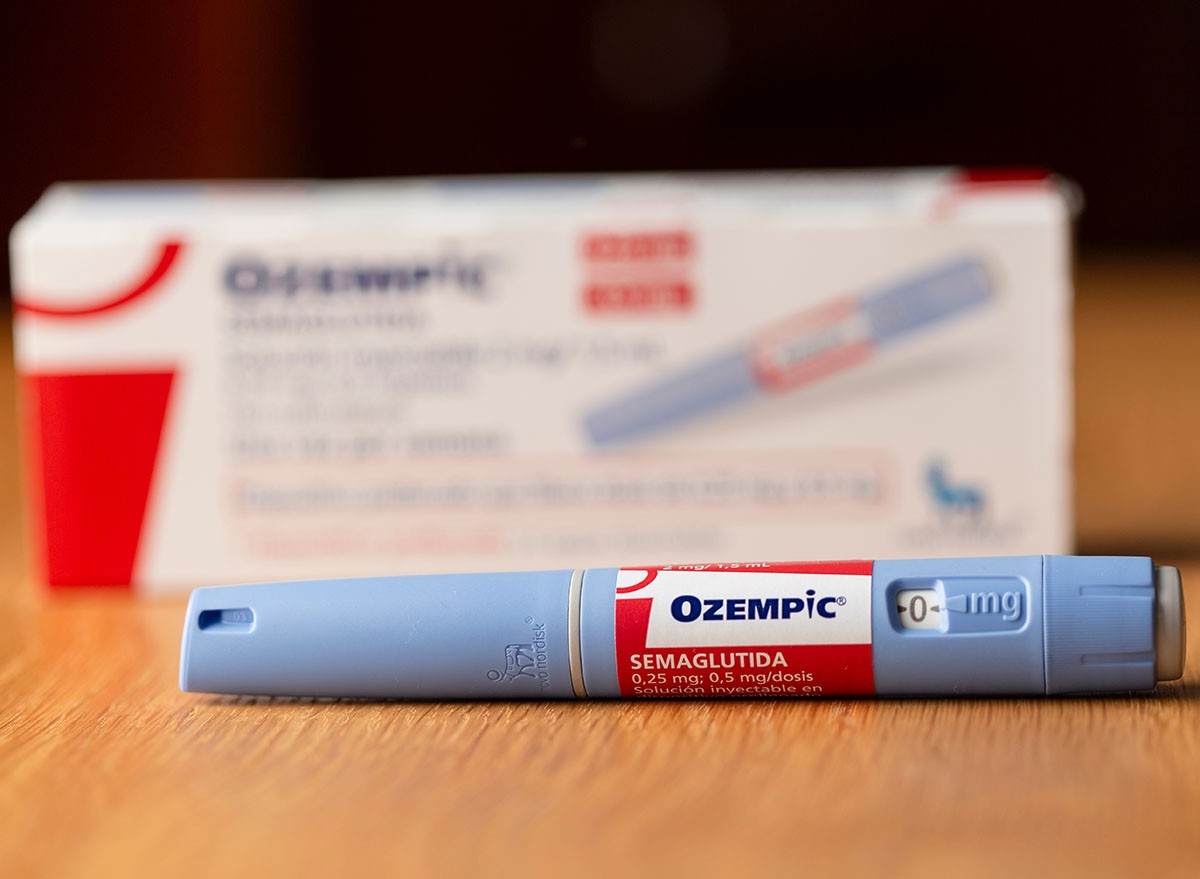
"And yes, as a caveat, we may use lower doses or adjust things as someone gets to their maintenance weight," he adds. "It might end up being a very low dose of one of these medications. But again, it should be done by clinicians that have the expertise and knowledge to properly monitor and dose adjust things for you." And if you enjoyed this article, don't miss 20 Incredible Ozempic Success Stories of All Time.




